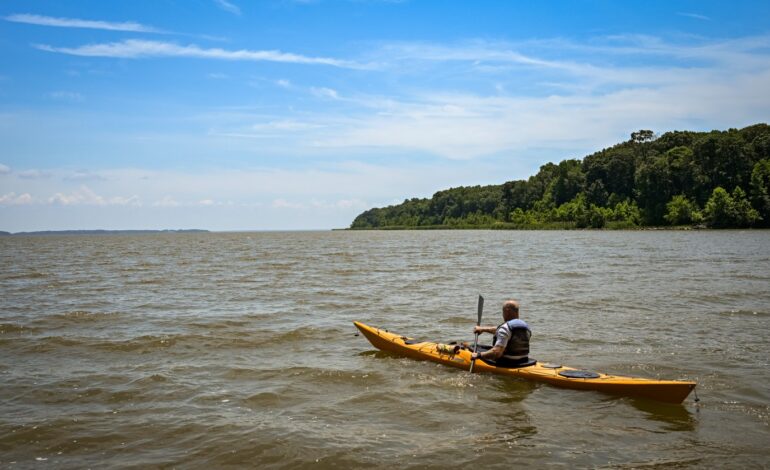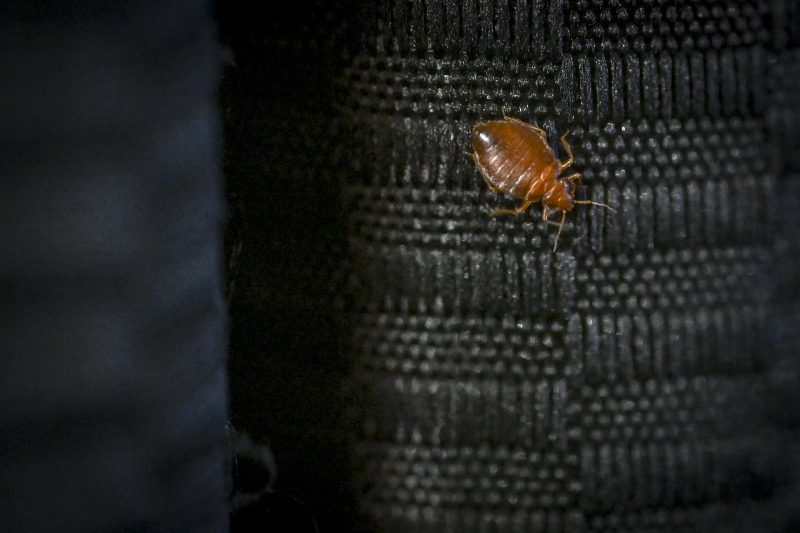Urgent Chesapeake Bay Restoration Goals Delayed by 5 Years

UPDATE: The proposed revision to the Chesapeake Bay Watershed Agreement threatens to delay critical pollution reduction goals by an alarming five years. Scientists and environmental advocates are raising concerns as officials fail to commit to legally mandated pollution targets necessary for restoring the Bay’s health.
The Chesapeake Bay has long been a focal point for environmental recovery efforts, but new reports indicate that the latest draft of the agreement lacks explicit timelines and commitments. This is a significant setback for a region that has faced ongoing challenges with nitrogen and phosphorus pollution. These pollutants, primarily from agricultural runoff and urban development, have led to devastating algal blooms, killing vital underwater grasses and depleting oxygen levels essential for marine life.
Since the first Chesapeake Bay Agreement was signed in 1983, authorities have made efforts to reduce nutrient loading, aiming for a 40% reduction target. However, despite previous commitments, progress has lagged. The most recent data shows that only 59% of the necessary nitrogen load reductions are currently on track, raising alarm bells among ecologists and environmentalists.
The latest draft, open for public comment until September 1, proposes to maintain a negligible improvement rate of just 0.2% per year in achieving water quality standards. At this pace, experts warn it could take as long as 350 years to attain full water quality standards. Such delays are unacceptable, scientists argue, as the health of the Bay is integral to local ecosystems and communities.
The U.S. Environmental Protection Agency (EPA) has previously intervened to enforce pollution limits under the Clean Water Act, but the current lack of specificity in the proposed agreement raises concerns about the federal government’s commitment to this crucial environmental effort.
“After decades of commitment, this proposed agreement feels like a significant deflation of ambition,” said Donald F. Boesch, a retired professor and former researcher at the University of Maryland Center for Environmental Science. “We cannot continue to do more of the same and expect different results.”
Environmental advocates stress the need for immediate action and innovative approaches to tackle pollution. They emphasize that improving fertilizer efficiency and targeting pollution hotspots can yield better results than the current strategies employed.
Maryland, which has been a leader in Bay restoration efforts, is urged to take a strong stance and demand accelerated action from neighboring states, including Virginia and Pennsylvania. The collaborative efforts of these states have been pivotal in advancing restoration progress but require renewed commitment to achieve lasting change.
As public comment period closes, the future of the Chesapeake Bay hangs in the balance. The health of this vital estuary impacts not only the local environment but also the livelihoods of those who depend on its resources. Stakeholders are encouraged to voice their concerns and push for a more ambitious plan that reflects the urgency of the situation.
The Chesapeake Bay restoration is at a critical juncture, and the decisions made now will determine the future health of this iconic waterway. Immediate action is imperative to ensure that the legacy of this environmental restoration effort is not lost.






